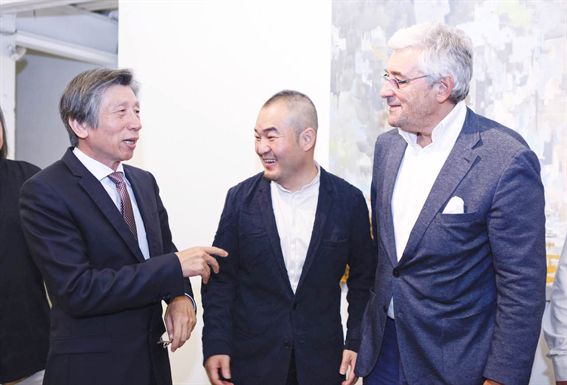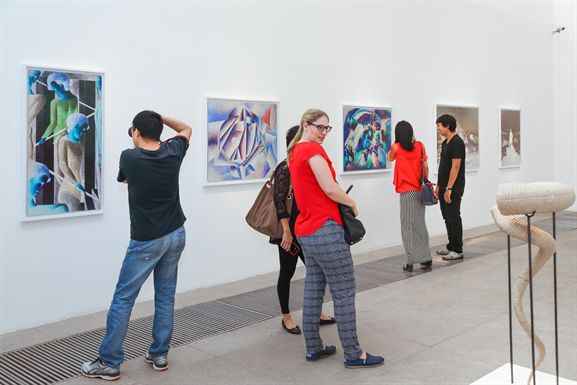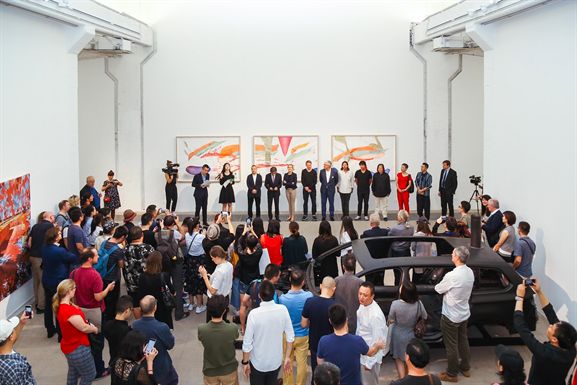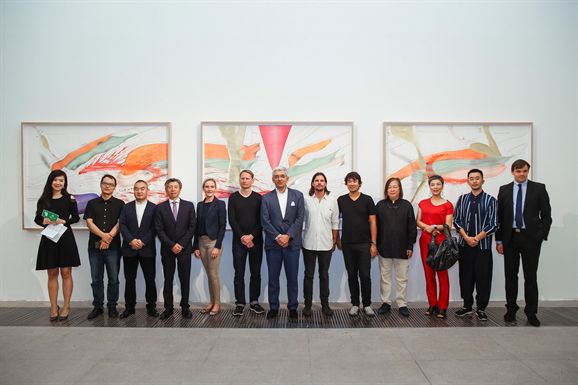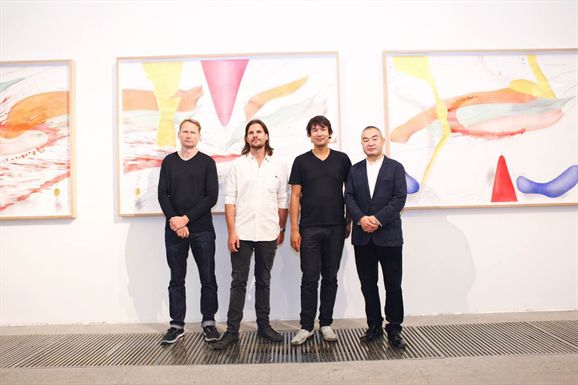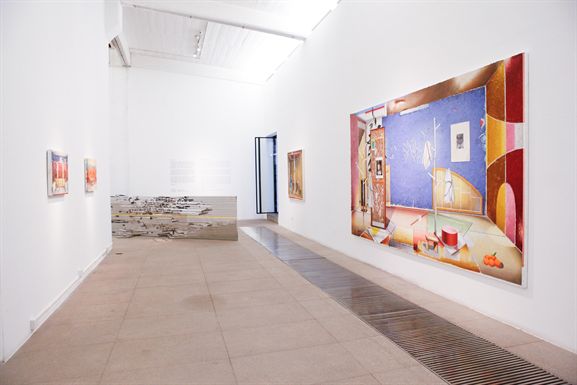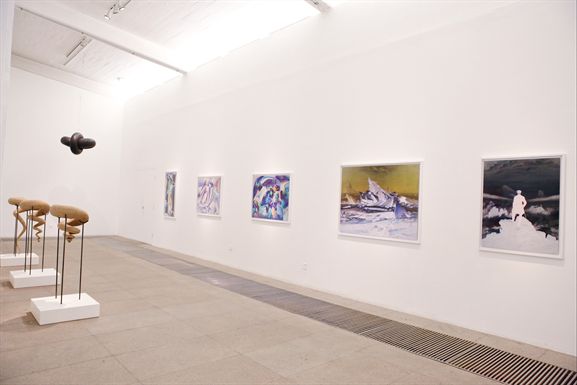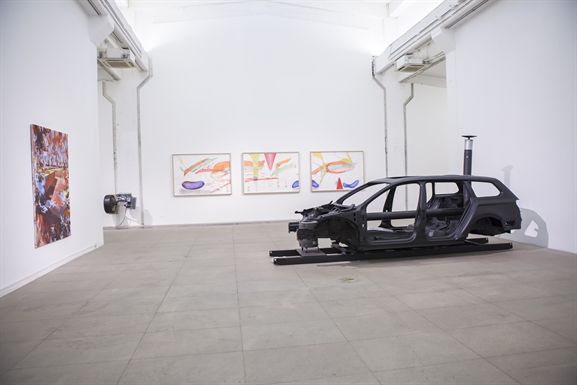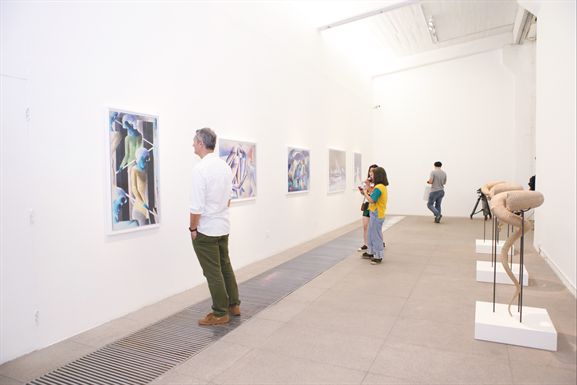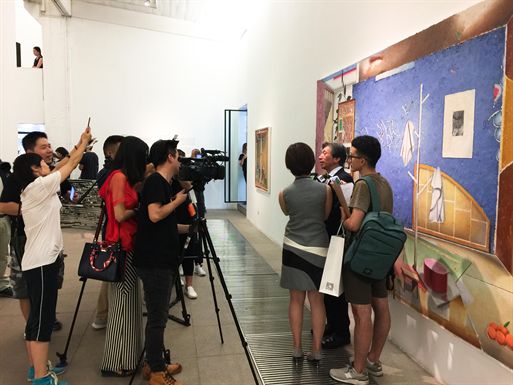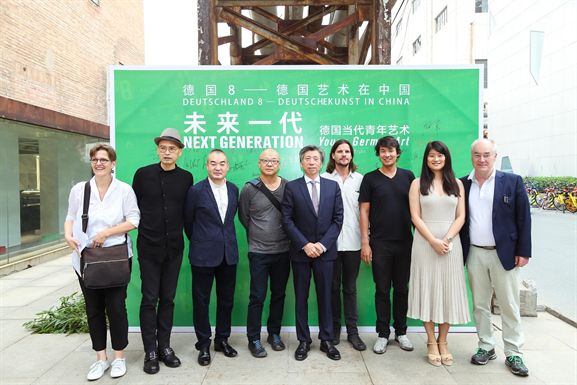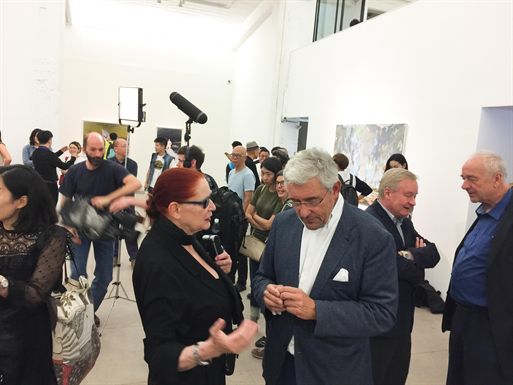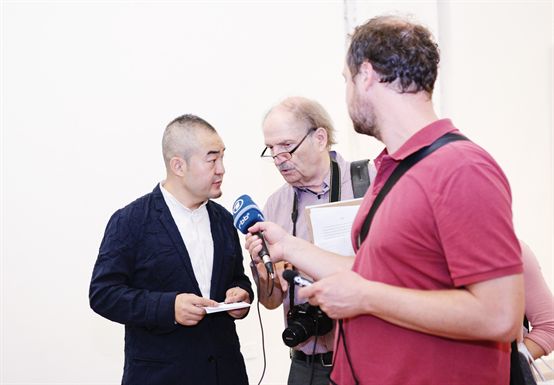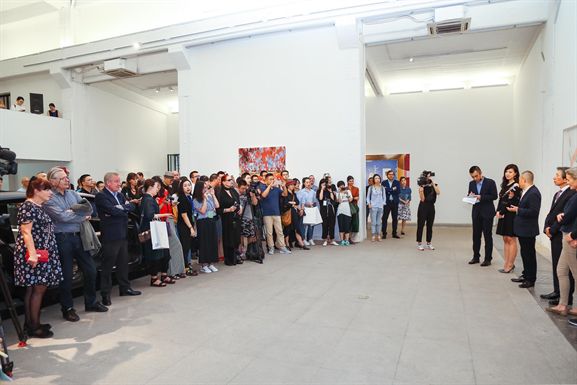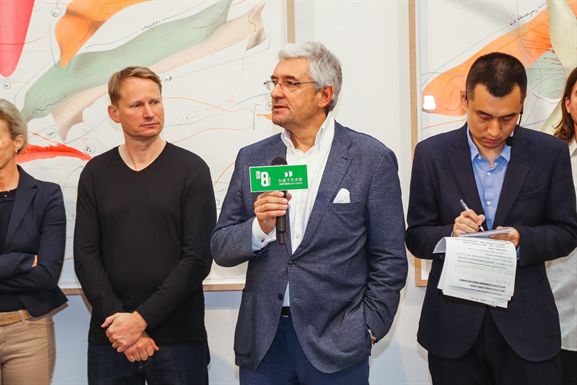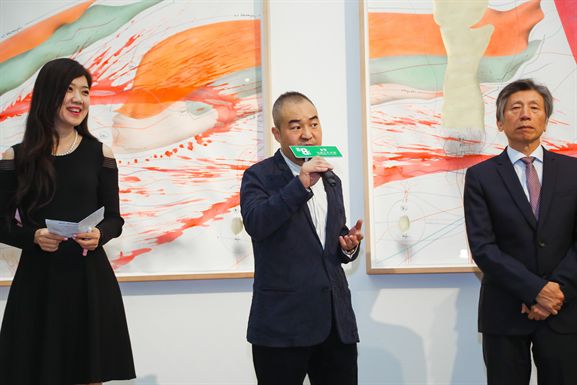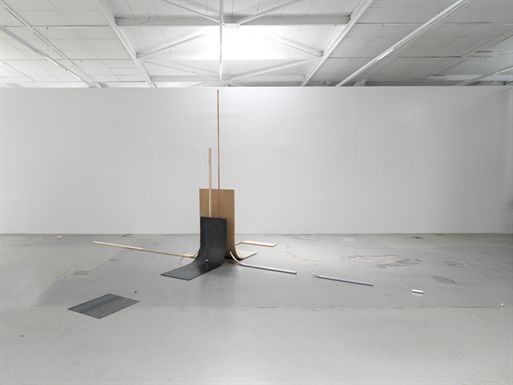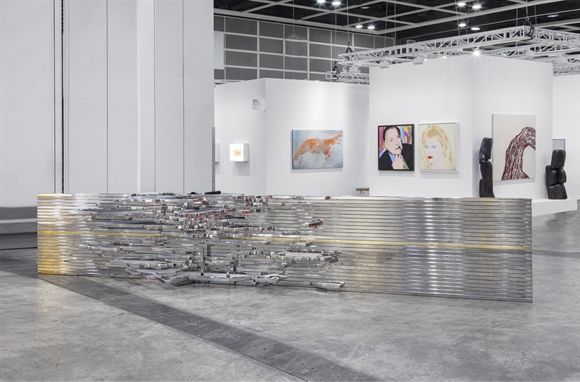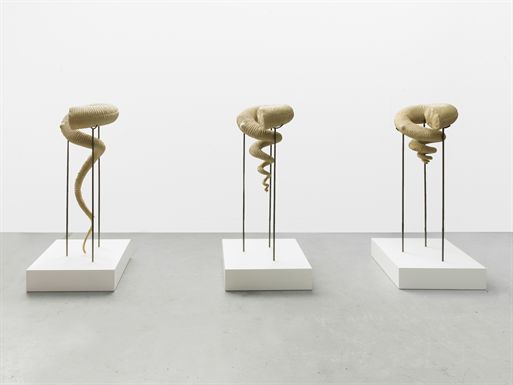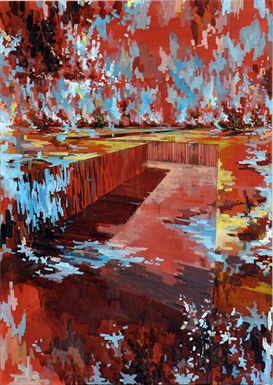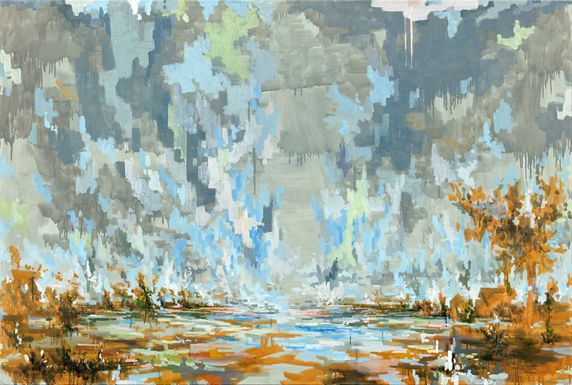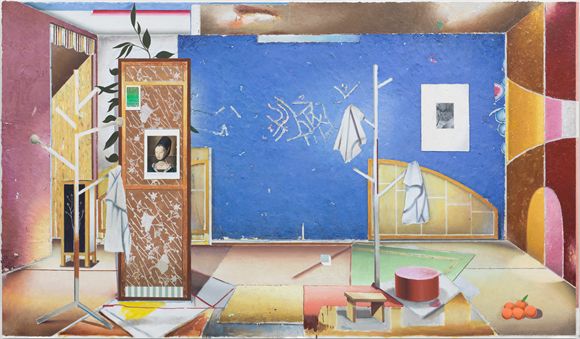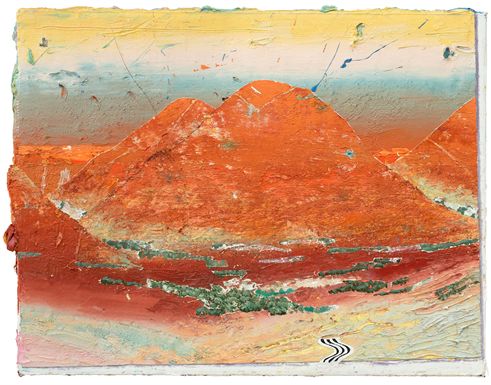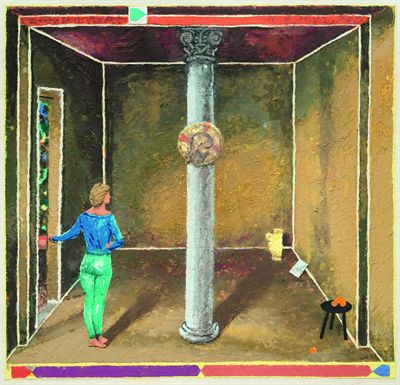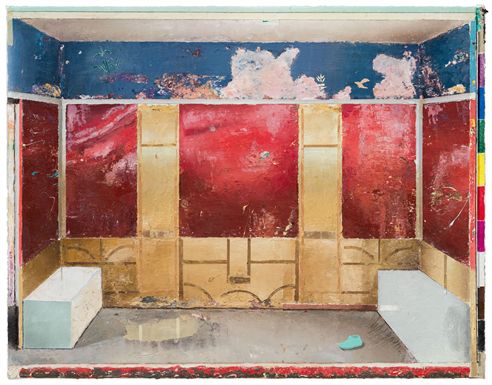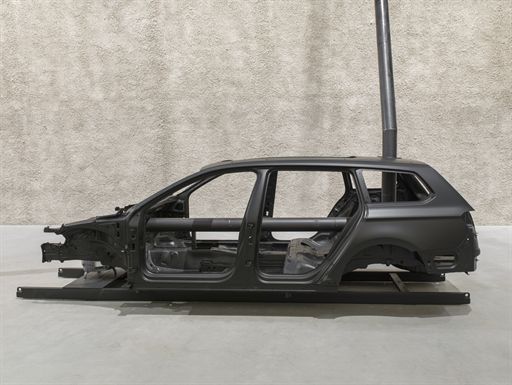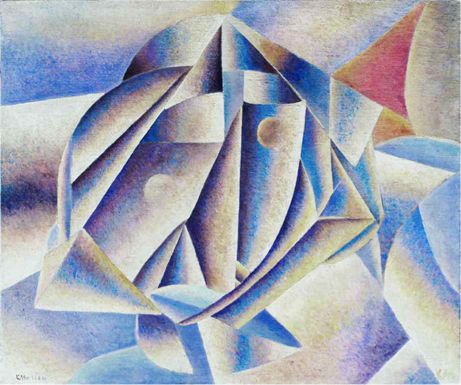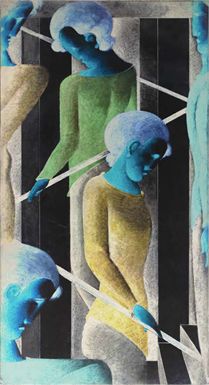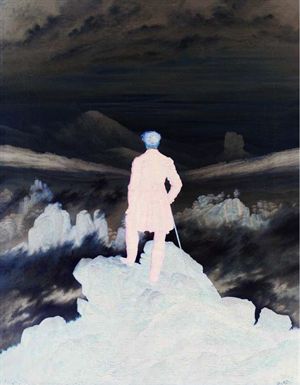Sep 15 - Oct 31, 2017
Press Release
As one of the key projects of art and
culture exchange in celebrating the 45th anniversary of Sino-German
friendship, the exhibition “Deutschland 8: Deutsche Kunst in China” is
considered as a returning gift since the 2015 exhibition, “China 8 –
Contemporary Chinese art” in the Rhine and Rhur region. In the post-war era of
the Twentieth Century, the arts and culture of Germany have seen significant
developments and achievements, this exhibition demonstrates contemporary art as
a universal visual language has transcendental qualities in cross-cultural and
cross-regional communication, by which to invent new model and framework for
the cultural and social exchange between two nations.
Whitebox Art Center is honored to
participate in “Deutschland 8: Deutsche Kunst in China”, organized by the Central
Academy of Fine Arts and Stiftung
für Kunst und Kulture.V. , curated by Fan Di’an, the
principal of the Central Academy of Fine Arts and Walter
Smerling, chairman of the Bonn Art and Culture Foundation. “Deutschland 8”
marks the first edition of “Future Generation: Young German Art” will open on
September 15, at 11 a.m. at the Whitebox Art Center. Mr. Sun Yongzeng, the
director of the Whitebox Art Center will serve as the curator of this
exhibition, to present six representative contemporary artists of the young
generation from Germany. They are: Alicja Kwade, David Schnell, Michael
Sailstorfer, Matthias Weischer, Jorinde Voigt and Sebastian Riemer. The works
on view include painting, photography, installation and various artistic
mediums and forms. These works are rooted in the global
vision and adventurous spirit to experiment with contemporary art in the age of
infinite amount of information today, while integrating their critiques and
reflections on history and reality in their contemporary art practices.
Alicja Kwade's artistic output appears to inhabit its own universe, and focuses on questions relating to reality, values, time and space, as well as their perception and construction. The notion that, in addition to our own reality, others exist in parallel is an inspiration for her. In order to render her ideas experiential, the artist avails herself of a diverse range of media and techniques, ranging from photography and film, sculpture to expansive spatial installations. Often she transforms quotidian objects and consumer items into intriguing arrangements and, in so doing, explores both intelligently and playfully the interaction of ideas and imagination.
Sebastian Riemer's photographic methodology is characterised by an analytical and "archeological" approach. Starting with a found or a historical reality, he fashions images, which, by means of enlargement, intensification or colour inversion, he uses to reveal concealed structures and planes of reality, rather than merely represent.
Michael Sailstorfer applies everyday materials, which by means of deconstruction and reconfiguration, he fashions into works, which interrogate the conventional concept of sculpture and space, and offer new developmental possibilities within an altered setting. The tension between the potential of the deconstruction and the rearrangement inspires the observer to think beyond the realms of the possible, and consequently to re-negotiate the boundaries of art.
A representative of the "New Leipzig School", David Schnell has devoted himself in his artistic output to updating the classical landscape painting in the digital age. With the aid of pixels, encryption and perspectival alignment, he transforms his paintings into landscapes from cyberspace. These transport the observer into virtual pictorial worlds, which appear to conform to their own inner logic.
Jorinde Voigt is an investigative artist. In her drawings and paintings she delves deep into terminology, processes and phenomena, and, inspired by literature and music, transforms her observations into a highly aesthetic and fascinating formal vocabulary. In music she has discovered a time-based structure, which is capable of transporting individual and emotional content into her work.
Spaces
devoid of people - in a house or embedded within a landscape - this is the
principal theme characterising the work of Matthias Weischer. Often appearing
bleak and lonely, the collage-like interiors featured in his paintings are
peppered with everyday domestic items. To the observer, the scene may appear
familiar and alien at the same time. What are these objects telling us about
the owner? The decorative pictorial worlds of Matthias Weischer can be read as
intelligent mind games interrogating the relationship between painting and
reality.
“Next Generation: Young German Art” presented at Whitebox Art Centre, encompasses the artistic practices that have been influenced by the academic fruitions in post-war Germany, as well as those undergoing experimentation and development. It is a rare opportunity for this young generation of German artists to exhibit their works in China, which provides a system of reference for the Chinese artists in their own art practices. This exhibition will be on view until October 31, 2017.

